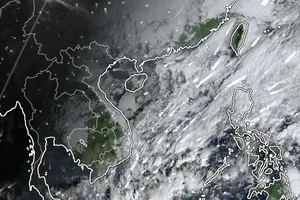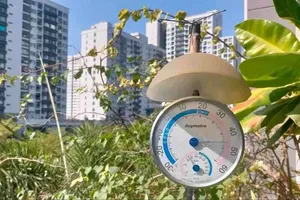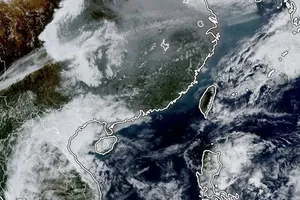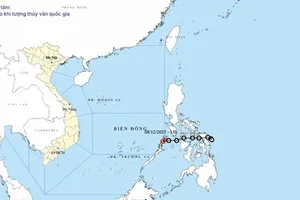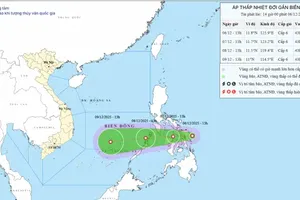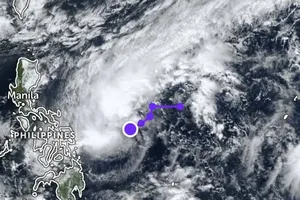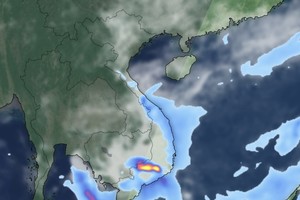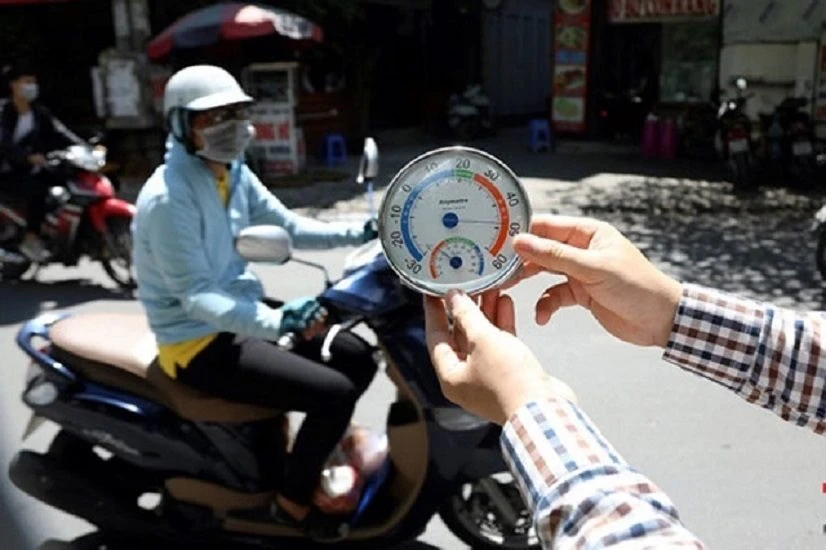
From the beginning of the year to now, there has never been a day with rain or negligible rainfall across the Southeastern, Southern and Central Highlands regions.
The National Center for Meteorological and Hydrological Forecasting reported that temperature would still be dangerously hot, gradually expanding to the Southwest region from the second half of March to early May.
Deputy Director of the National Center for Meteorological and Hydrological Forecasting Hoang Phuc Lam informed that the drought will continue to prolong for the Southeastern, Central Highlands and Southwestern regions until April.
At that time, the Southwest region will suffer from drought together with salinity intrusion before entering the rainy season in late May.
The Central region will be under heat and drought alerts from April to June.
This year’s rainy season could be late in the Central Highlands and the Southern regions. From June, the monsoon in the South will tend to operate stronger than the average of the previous year.
The El Nino phenomenon raising warmer temperatures caused a prolonged hot climate for over a month.
Ongoing heat wave breaks temperature records above seasonal averages ranging between 37 degrees Celsius and above 40 degrees Celsius and led to more extreme weather yesterday in some localities such as Tay Ninh, Binh Phuoc, Thu Dau Mot city (Binh Duong Province), Bien Hoa city (Dong Nai Province) and Ho Chi Minh City.
The meteorological experts said that Ho Chi Minh City and the Southeastern region would continue to get hotter each day from March 29 to April 2, with temperatures of up to 39 degrees Celsius.



